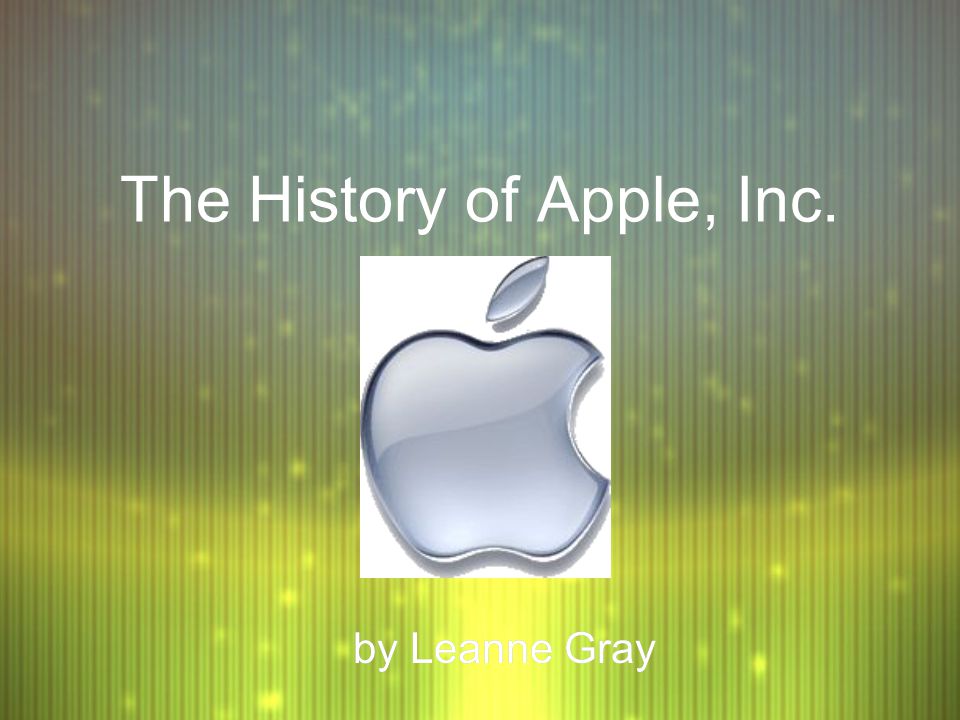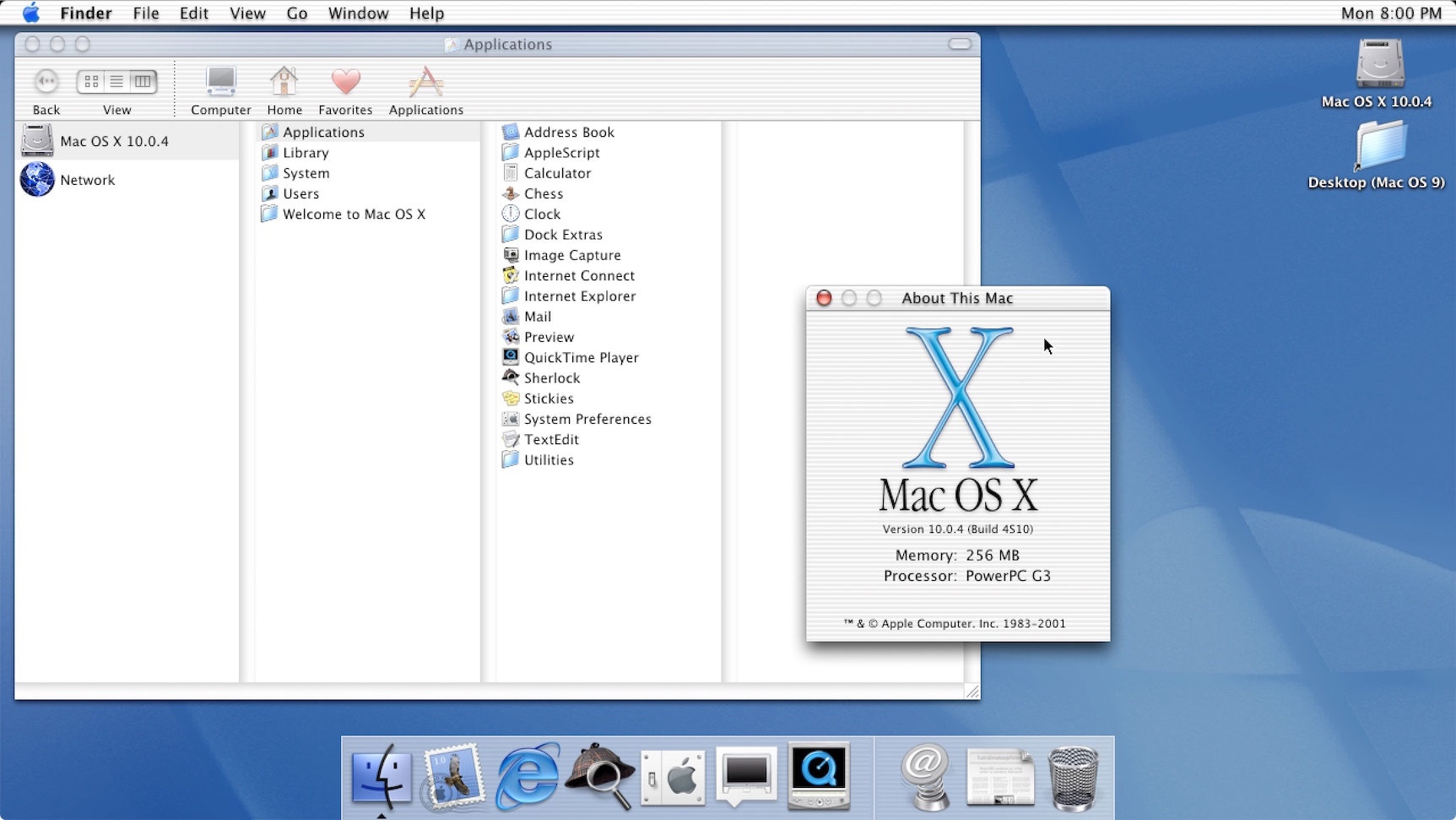


Another story claims Kildall didn't want to release the source for CP/M to IBM, which would be odd, since they released it to other companies. The most popular story claims Gary Kildall or DRI snubbed the IBM executives by flying his airplane when the meeting was scheduled. IBM had originally intended to use Digital Research's (actually, they had the somewhat pretentious name of "Intergalactic Digital Research" at the time) CP/M was then the industry standard operating system - you either ran a BASIC with disk functions, someone's proprietary OS, or CP/M.įolklore reports various stories about the rift between DRI and IBM.

It is reportedly the reason why Steve Jobs left Apple and also led to a huge rift between him and Microsoft's Bill Gates.Īfter Lisa's rather public failure, Jobs founded NeXT Computer - which was ultimately acquired by Apple, bringing him back to the company.Development of MSDOS/PCDOS began in October 1980, when IBM began searching the market for an operating system for the yet-to-be-introduced IBM PC. Despite being a flop, the OS holds a major piece of Apple history. In 1983, Lisa was released for $10,000 but ultimately only sold 10,000 units. Once that code is finished being reviewed by Apple, the museum will make the code available sometime this year, Kossow added. The source code for both the OS and applications has been recovered. The only thing I saw that probably won't be able to be released is the American Heritage dictionary for the spell checker in LisaWrite." "After that's done, the code that is cleared for release by Apple will be made available in 2018. "Just wanted to let everyone know the sources to the OS and applications were recovered, I converted them to Unix end of line conventions and spaces for Pascal tabs after recovering the files using Disk Image Chef, and they are with Apple for review," said Al Kossow, a software curator at the museum. Lisa, released in 1983, was one of the first personal computers to come equipped with a graphical user interface and a support for mouse, but ultimately only sold 10,000 units. The Mountain View-based museum announced that the source code for Lisa, Apple's computer that predated the Mac, has been recovered and was being reviewed by the tech giant itself, reports 9to5Mac.


 0 kommentar(er)
0 kommentar(er)
